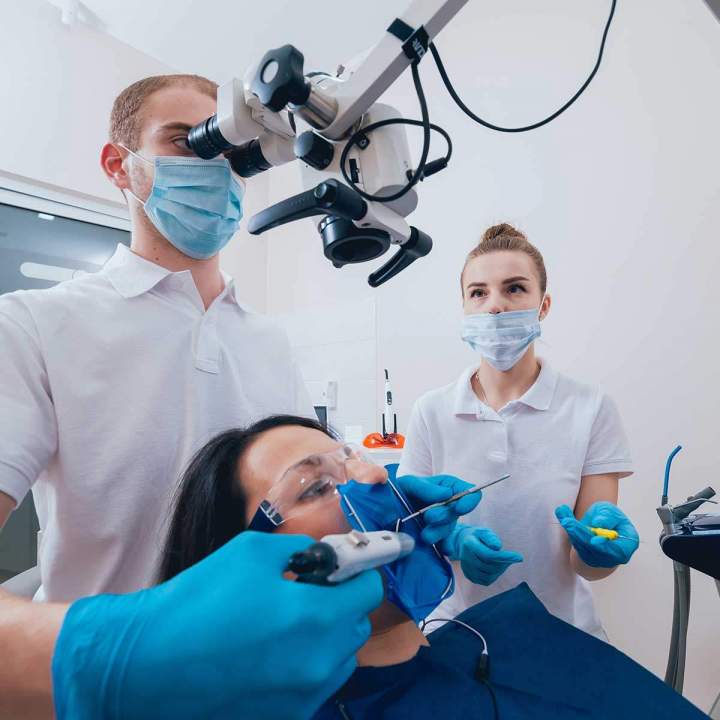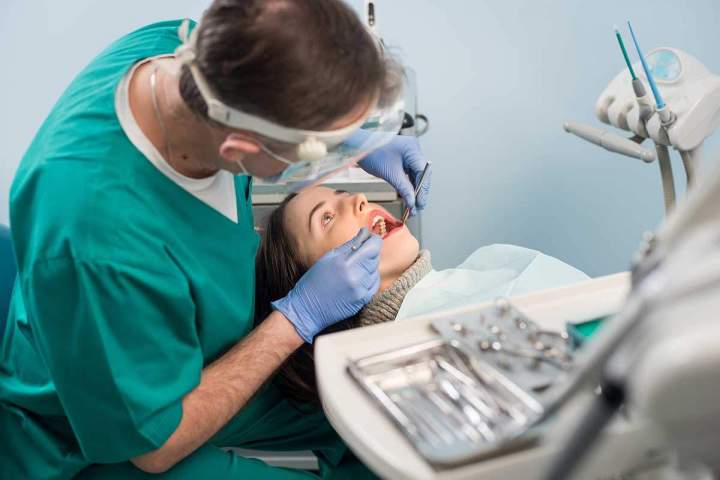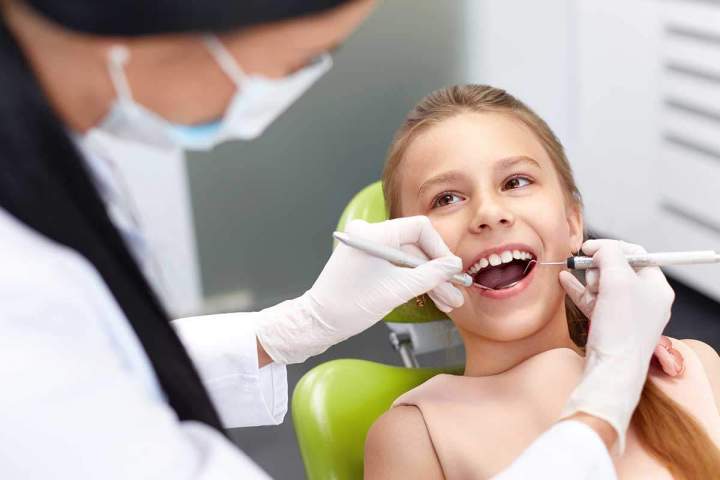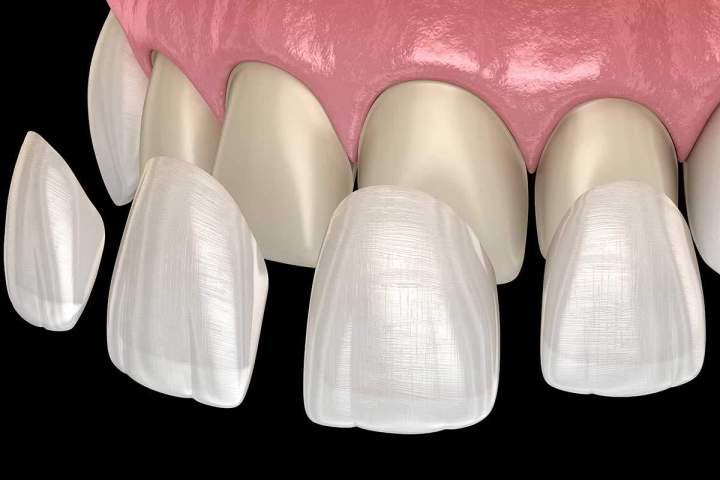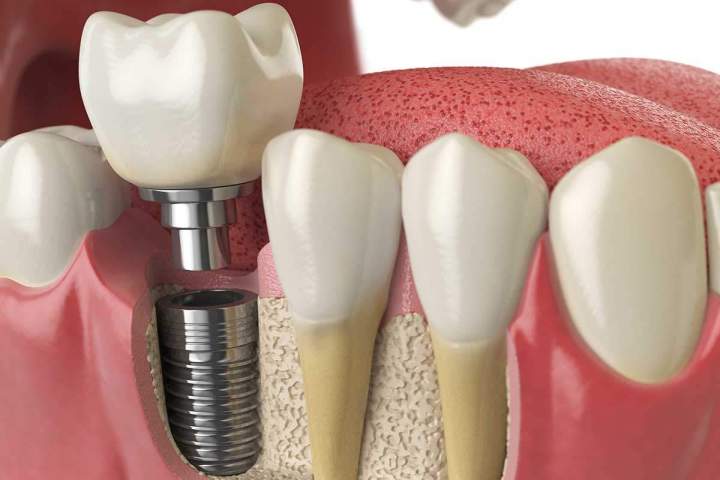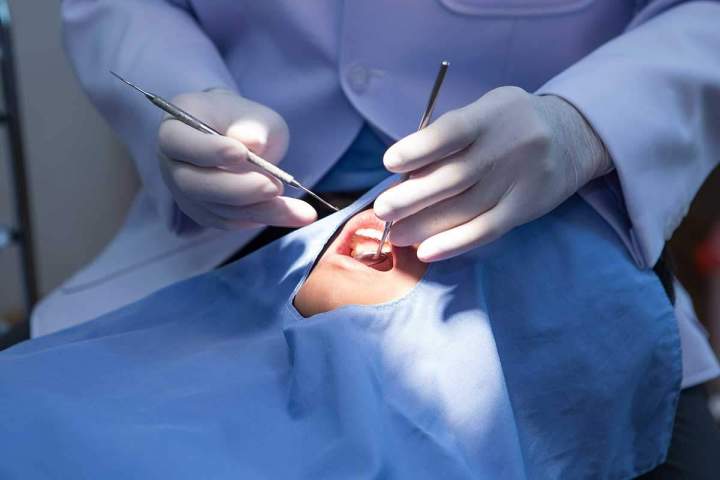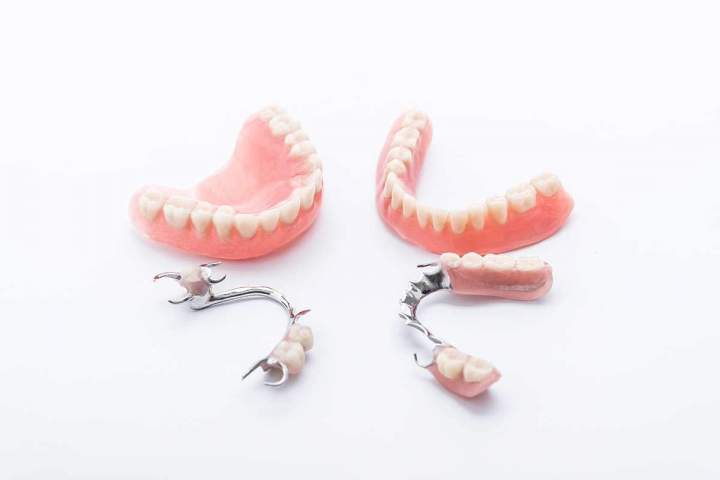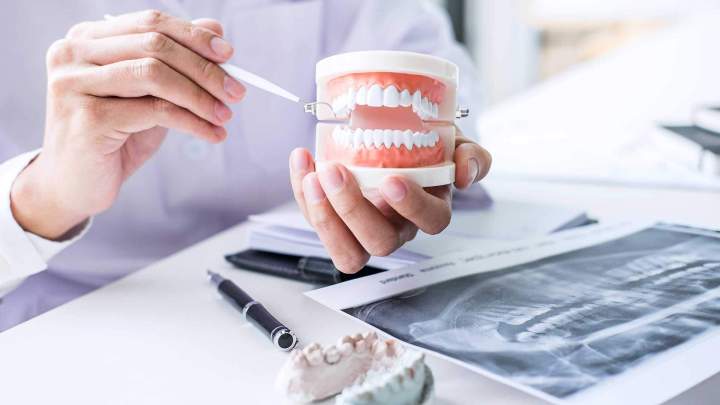Over 25 years of experience
Great Dental Hygiene Helps You Feel Great Everyday
We provide professional dental care in our Montreal clinic.
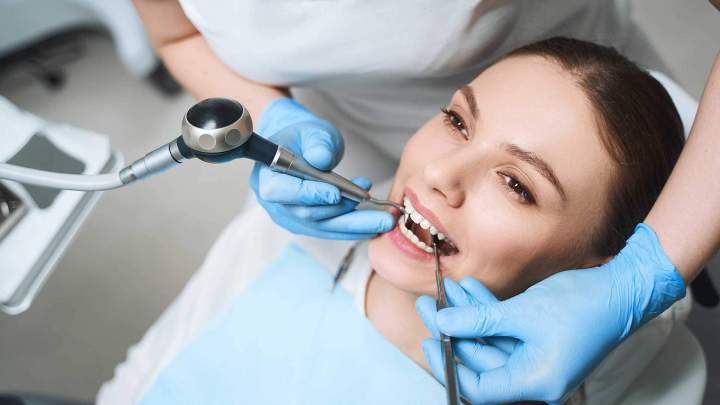
Our clinic in a few words
Our dentists offer a variety of dental services.
Dentist in Montreal
Clinique Dentaire Dentwest, located in Montreal, offers a wide range of dental services. Our practice welcomes patients of all ages.
Dental Care for the Whole Family
Our Montréal dental clinic offers a full range of family dental care. Led by an experienced dentist, we treat all your dental problems. A friendly, dynamic, skilled, and dedicated team ensures the health of your teeth. We provide all the essential care needed to optimize your oral health.
We are also here to provide services such as scaling, polishing, etching, and more. Additionally, we handle all types of dental emergencies and specialize in the placement of implants and prosthetics.
We provide basic care to improve your oral health in Montreal.

Why Choose Us
We care for your teeth.
Helpful Team
We offer a warm and courteous welcome at our dental practice.
Varied Services
We offer a full range of general dentistry services.
Quality Equipment
We work with innovative dental tools and technology.
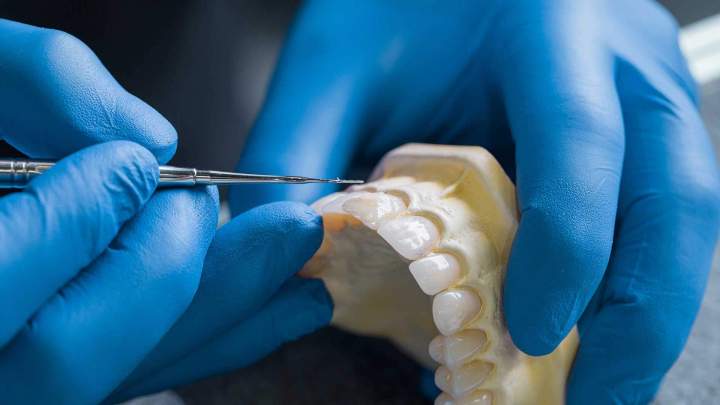
Prioritizing Patient Well-being at Our Montreal Dental Practice
Our use of innovative equipment sets us apart from many dental clinics. We work with the best equipment and instruments to ensure the well-being of our patients. We also make sure to use reliable dental care products. At our clinic, the dentist supports you in preventing, diagnosing, and treating any dental issues.
We are a trusted choice for many patients from Notre-Dame-de-Grâce, Monkland, Côte Saint-Luc, and surrounding areas. Schedule your consultation with us today.
We work with the best dental equipment and instruments.
